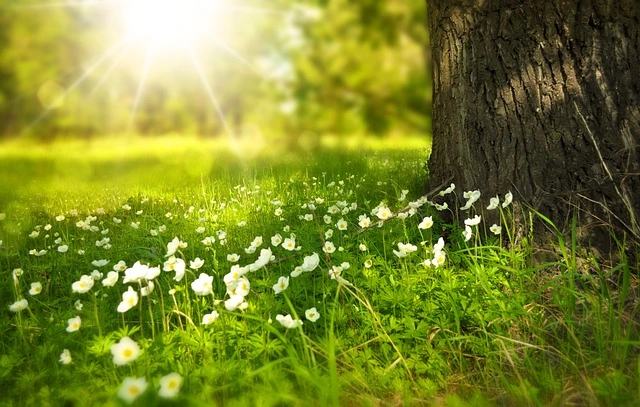The Future of Flowers: Preserving Beauty

Flowers, nature’s exquisite creations, have adorned our world for millennia, their vibrant colors, delicate petals, and intoxicating fragrances adding beauty and fragrance to our gardens, meadows, and even our homes. But despite their enduring beauty, flowers are facing a multitude of challenges, from habitat loss and climate change to over-harvesting and the spread of invasive species. If we want to continue to enjoy the beauty and benefits of flowers in the future, we need to take action to preserve their biodiversity and ensure their long-term survival.
The challenges facing flowers
One of the biggest threats to flowers is habitat loss. As we continue to develop land for agriculture, housing, and infrastructure, we are destroying the natural habitats where flowers thrive. This loss of habitat is particularly devastating for rare and endangered species, which are often found only in specific ecosystems.
Climate change is another major threat to flowers. As temperatures rise and rainfall patterns become more erratic, many flower species are being pushed out of their natural ranges. This is leading to declines in flower populations and even the extinction of some species.
Over-harvesting is also a significant problem for flowers. Certain popular flower species, such as orchids and lilies, are being harvested at unsustainable rates to meet the demand for floral arrangements and other products. This over-harvesting is putting these species at risk of extinction.
In addition to these threats, flowers are also facing challenges from invasive species. Invasive plants can outcompete native flowers for resources, such as water, sunlight, and nutrients. This can lead to declines in native flower populations and even the loss of entire ecosystems.
Protecting flowers for the future
In the face of these challenges, it is more important than ever to take action to protect flowers and their biodiversity. Here are some things we can do to ensure the future of flowers:
- Support sustainable flower farming practices. Choose to purchase flowers that are grown organically and sustainably, without the use of pesticides or herbicides. This will help to protect the environment and the health of the workers who grow the flowers.
- Support local flower farmers. Buy flowers from local farmers’ markets and florists. This will help to support small businesses and reduce the environmental impact of transporting flowers long distances.
- Plant native flowers. When you plant flowers in your garden, choose native species that are adapted to your local climate and soil conditions. Native flowers are more resilient to pests and diseases, and they will attract pollinators such as bees and butterflies.
- Learn about the threats facing flowers. The more we know about the challenges that flowers face, the better we can be equipped to protect them. Educate yourself about the threats to specific flower species in your area and get involved in conservation efforts.
- Advocate for policies that protect flowers. Support policies that protect natural habitats, regulate pesticide use, and support sustainable flower farming practices.
The future of flowers is in our hands
Flowers play a vital role in our world, providing us with beauty, fragrance, and ecosystem services. By taking action to protect flowers and their biodiversity, we can ensure that future generations can enjoy the beauty and benefits of these remarkable plants.